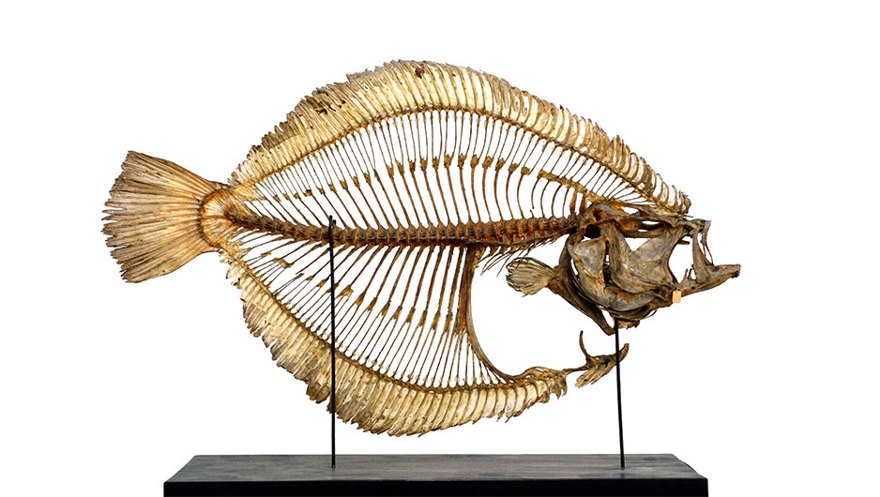The bone collection

The collection of bones at the museum has more than 18,000 skeletons and skeletal parts. The collection includes all vertebrate groups from all around the world, and the unique "bone reference collection" provides a useful tool for researchers from several disciplines.
One of the largest bone collections in northern Europe
The bone collection at the museum is one of the largest of its kind in northern Europe, covering all groups of vertebrates. The main focus is on mammals, birds and fish from West Sweden. Major series of specimens include for example harbour seals, porpoises and eagle owls. Furthermore there is an extensive swan material that have come from Sven Mathiason's reseach work. There are also skeletons from pets in the collections.
Among the 600 or so whale skeletons there are some of the largest species, with their entire skeletons intact. There are a number of large series of mammals from Africa (H. Skoog’s, D. Sjölander’s and B. Wennerberg’s expeditions), Indonesia (W. Kaudern's expedition to Sulawesi) and South America (L. Söderström’s collection from Ecuador).
"Library" with a difference
Part of the bone collection is a reference colletion catalogue. This bone library is a comparative collection. Complete sets of bones from most northern European mammals, birds and fishes are systematically organised. One bone finding can be compared to the same bone type from different species. In this way it is possible to determine a species based on a single bone from an animal.
Important research tool
The "bone library" is an important tool for zoologists, archaeologists and osteologists. Loose bones are often found in sediment and during archaeological excavations. If it is possible to determine the species, the material can account for changes in wildlife over the last 13,000 years.
Bones from the Stone Age, for example, provide information about human prey and eating habits. Bones from excavations in medieval cities not only tell us about the habits of the times but also how the size of pets has changed over the centuries.
The "bone library" was organised by the former curator, Johannes Lepiksaar, and became an excellent tool; easy accessibility is the basic principle. The bone collection is regularly used by researchers from different disciplines.
Contact the bone collection
Magnus Gelang
Phone: + 46 (0) 10 441 42 43 Mobile: +46 (0) 76 141 85 71
Email: magnus.gelang@vgregion.se